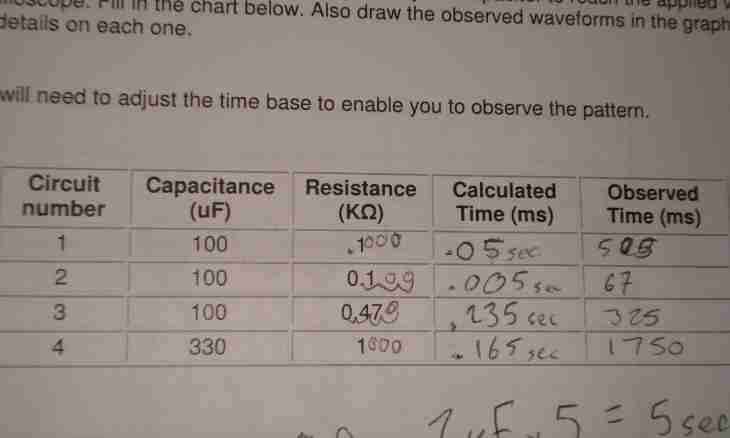Square it is possible to call a rhombus with identical lengths of the parties and sizes of corners. At this flat figure four parties that defines the same number of tops and corners. The square belongs to the "correct" geometrical figures that considerably simplifies formulas of calculation of lengths of its parties for indirect data.
Instruction
1. If from statements of the problem the area of a square (S) is known, then length of its party (a) determine by calculation of a root from this size a= √ S. For example, if the area is 121 cm², then length of the party will be equal to √121=11 cm.
2. On the known length of diagonal of a square (l) length of its party (a) can be calculated with use of Pythagorean theorem. The parties of this figure are legs in rectangular triangle formed by them with diagonal - a hypotenuse. You divide hypotenuse length into a square root from the two: a=l / √ 2. It follows from the fact that the sum of the squared lengths of legs, according to the theorem, has to be equal to a hypotenuse length square.
3. Knowing the radius of the circle (r) entered in a square it is very simple to calculate length of its party. The sizes of the parties coincide with diameter of such circle therefore just double the known value: a=2*r.
4. It is a little less convenient to use in calculations of length of the party of a square the radius of the circle (R) described about it - it is necessary to take a root. The doubled value of this initial size - diameter - coincides with quadrangle diagonal length. Substitute this expression in a formula from the second step and receive such equality: a=2*R / √ 2.
5. If the square in statements of the problem is set by coordinates of the tops, for finding of length of the party it is enough to use data only on two of them. Piece length on its coordinates can be determined with use of the same Pythagorean theorem. For example, let coordinates of two tops of a square in a two-dimensional rectangular system are given: A (X ₁, Y ₁) and B (X ₂, Y ₂). Then the distance between them will be equal √ ((X -X ₂)²+ (Y -Y ₂)²). If it is adjacent tops, the found distance and will be length of the party of a square: a= √ ((X -X ₂)²+ (Y -Y ₂)²). For opposite tops diagonal length will be defined by this formula, so, it should be divided into a root from the two: a= √ ((X -X ₂)²+ (Y -Y ₂)²) / √ 2.

